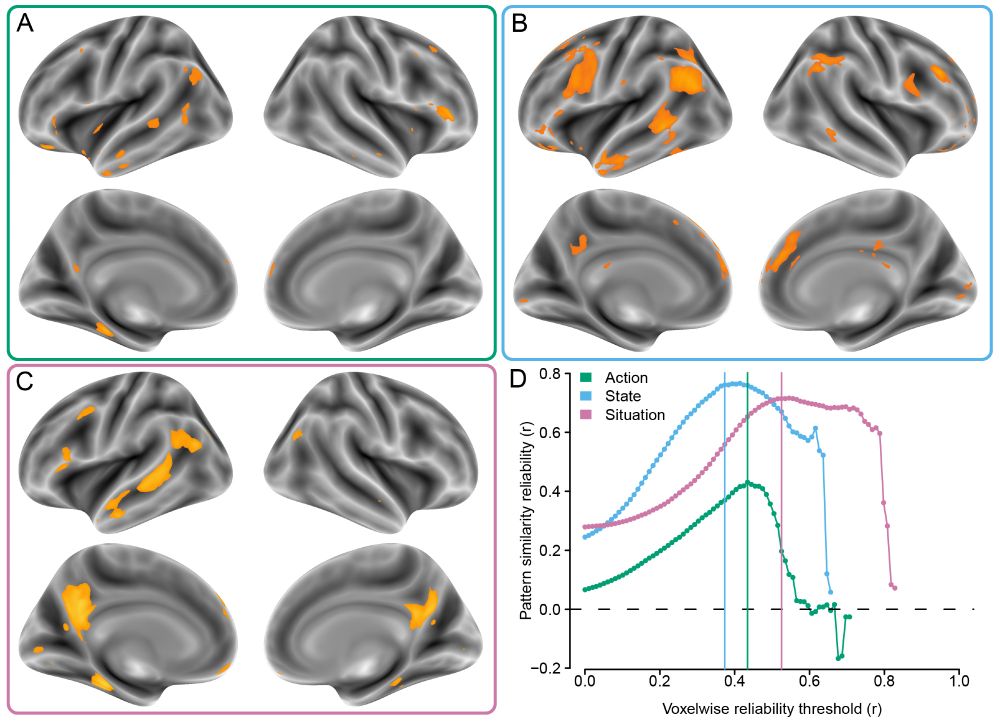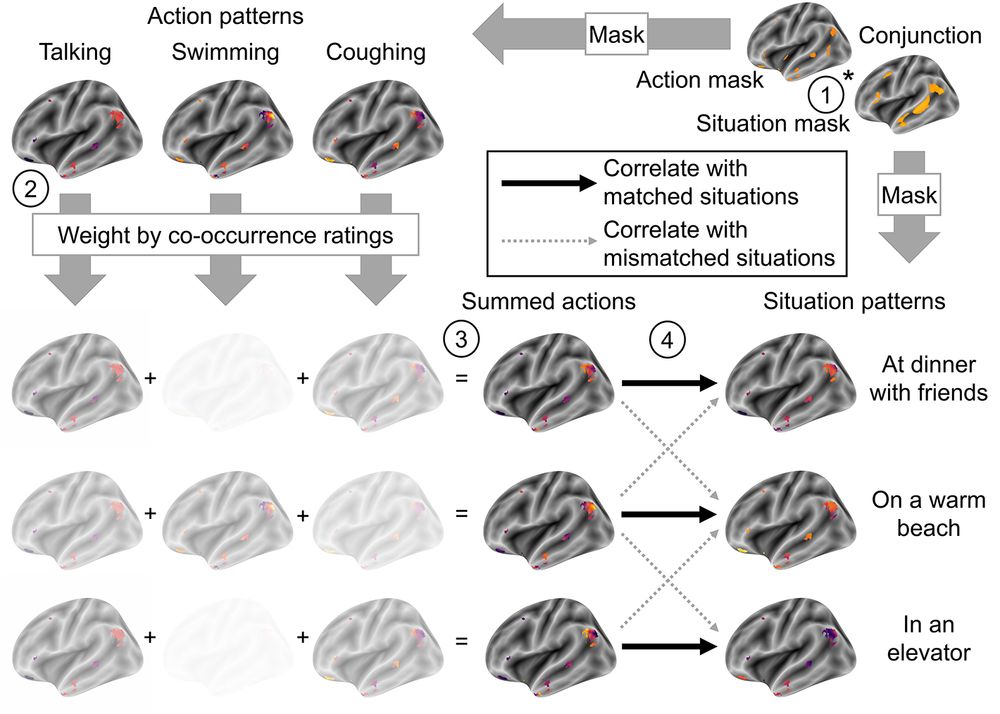Diana Tamir
@dianatamir.bsky.social
2.5K followers
450 following
16 posts
Psych Professor at Princeton studying how brains think about people. https://psnlab.princeton.edu/
Posts
Media
Videos
Starter Packs
Reposted by Diana Tamir
Adrienne Wood
@adriennewood.bsky.social
· May 12
Reposted by Diana Tamir
Sarah Cohodes
@cohodes.bsky.social
· Mar 11

Open letter in response to federal funding cuts at Columbia
On March 7th, the Trump administration announced the immediate cancellation of approximately $400 million in federal grants and contracts to Columbia University. This includes funding from the Departm...
forms.gle
Reposted by Diana Tamir
Reposted by Diana Tamir
Diana Tamir
@dianatamir.bsky.social
· Feb 20
Microsabbaticals at Princeton Psychology
Microsabbaticals at Princeton Psychology provide a several-week-long visit to our department for early-career faculty from groups that are historically under-represented in academia. The program focus...
psych.princeton.edu
Reposted by Diana Tamir
Haran Sened
@haransened.bsky.social
· Oct 23

<em>British Journal of Social Psychology</em> | Wiley Online Library
People constantly make inferences about others' beliefs and preferences. People can draw on various sources of information to make these inferences, including stereotypes, self-knowledge, and target-...
bpspsychub.onlinelibrary.wiley.com
Reposted by Diana Tamir
Reposted by Diana Tamir
nathan liang
@nathanliang.bsky.social
· Jul 16
Reposted by Diana Tamir
Diana Tamir
@dianatamir.bsky.social
· Jul 3
Diana Tamir
@dianatamir.bsky.social
· Jul 3
Diana Tamir
@dianatamir.bsky.social
· Jun 26
Diana Tamir
@dianatamir.bsky.social
· Jun 26
Diana Tamir
@dianatamir.bsky.social
· Jun 26
Diana Tamir
@dianatamir.bsky.social
· Jun 26
Reposted by Diana Tamir
Jenn Richler
@jennrichler.bsky.social
· Jan 29
Diana Tamir
@dianatamir.bsky.social
· Feb 1
Reposted by Diana Tamir







